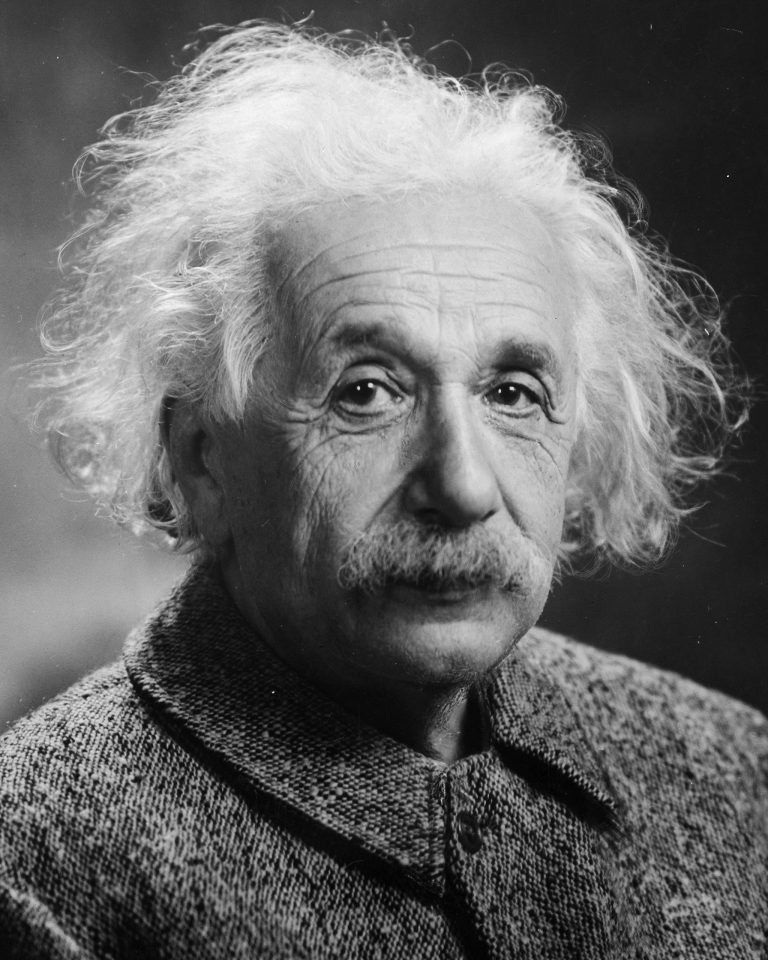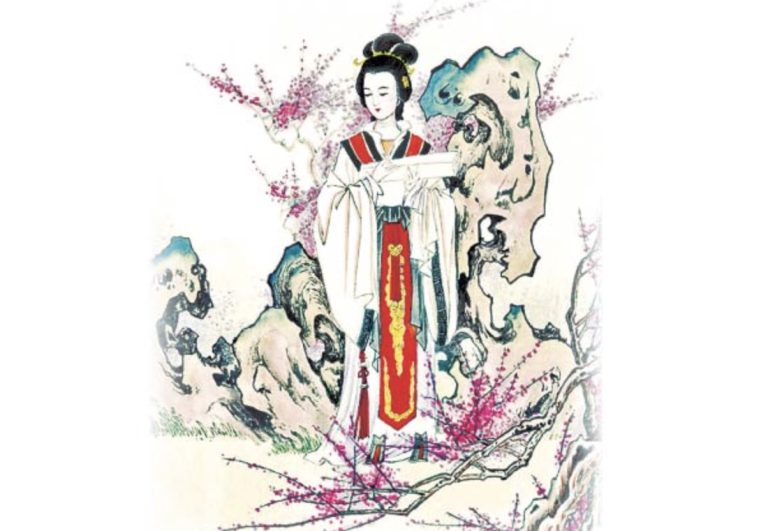Albert Einstein is the most famous and respected scientist in history. A friend and biographer, Abraham Pais, considered him “the divine man of the 20th century.” New York Times physics reporter Dennis Overbye described him as an “icon of humanity facing the unknown.”
Einstein possessed a moral quality that set him apart even in his own time. He seemed average, yet he had an extraordinary intellect. He was said to radiate an incredible simplicity that was at the same time childlike and very uncompromising.
In 1905 Albert Einstein published the Special Theory of Relativity; even yet, in 1907 Einstein knew his theory needed work. He discovered that the theory of relativity only applied to observers traveling at a constant speed. It also contradicted Newton’s explanation of gravity. As a patent officer, Einstein had no access to laboratory equipment. To compensate, he had to think. He ran over several possibilities in his brain and worked through them step by step.
These mental exercises helped him understand that gravity is analogous to acceleration. On Earth, being stationary is analogous to being in a rocket ship accelerating at a constant 1G. Not only did Einstein find that time and space had no ultimate meaning, he also realized that even geometry was relative rather than absolute.
In Albert Einstein’s case, timing was everything, since the latter quarter of the nineteenth century and the first quarter of the twentieth century were the periods in which all of the “wonder” breakthroughs and “miracles” of science were introduced into the world. Long-distance passenger trains, geared bicycles, vehicles, aircraft, movies, the radio, electricity, the telegraph, telephones were introduced. The first automobile assembly line appeared on December 1, 1913. Newspapers were thriving, and the introduction of black-and-white newsreels had just started to make worldwide renown conceivable.
Success
You are now signed up for our newsletter
Success
Check your email to complete sign up
On November 25, 1915, Einstein walked onto the Prussian Academy of Sciences platform in Berlin and announced that he had finally concluded his grueling, ten-year quest to get new and more profound knowledge of gravity. He asserted that his general relativity had finally reached its conclusion.
Einstein’s 1915 hypothesis stated that huge astronomical objects like the sun bend the fabric of spacetime around themselves, explaining gravity. This astrophysical hypothesis differed from Newton’s notion of gravity as an all-encompassing force. Einstein illustrated this bizarre theory with a total solar eclipse. The Foundations of General Relativity appeared in Annalen der Physik in 1916.
WWI ended with the Versailles Treaty on June 28, 1919. This first global battle killed 9 million to 13 million people and destroyed untold resources. Everyone was on the lookout for a fresh perspective and a sense of world peace.

Solar eclipse experiment
English astronomer Arthur Eddington was one of the few people in England who grasped Einstein’s theory and realized the significance of testing it. He and his fellow astronomers, Andrew Crommelin and Frank Dyson, organized expeditions to Africa’s west coast and Sobral, Brazil during the solar eclipse of May 29, 1919, to determine whether Einstein was correct.
Einstein received a telegram in September 1919, which informed him that the eclipse experiment supported his predictions. Ilse Rosenthal-Schneider, German-Australian physicist and philosopher, met with Einstein at the time. By her account, he seemed joyful but not overtly exuberant about the result. She asked him, ‘Well, what would you have said if the theory had been found to be against you? Would you have been disappointed in that event?’ Einstein smiled and said, ‘Well then I would have been sorry for the dear Lord because the theory is correct.’”
The results were formally presented at the Royal Society meeting in London on November 6, 1919. The measurements taken during a total solar eclipse earlier that year supported Einstein’s bold new theory of gravity, known as general relativity.
It was at this juncture the name “Einstein” was given to Albert Einstein, signifying the beginning of his metamorphosis from a former patent clerk to a worldwide phenomenon.
Born to Jewish parents in Ulm, Germany in 1879, Einstein was a Jewish pacifist theorist whose work was validated by British astronomers. It wasn’t just an ordinary hypothesis. Einstein’s idea jolted the globe back to life and inspired the world of science.
Einstein’s research in relativity exposed flaws in classical mechanics pioneered by Isaac Newton; paving the way for quantum physics and astronomical discoveries like black holes, neutron stars and gravitational waves.
The Nobel Prize
Prominent scientists were scarce at the time. Notable names included Marie Curie, who had won two Nobels by 1911; Einstein won the 1921 prize retrospectively in 1922. Sir Arthur Eddington, the astronomer who arranged the eclipse missions to verify general relativity, was also a celebrity scientist in Britain.
Einstein dazzled the most knowledgeable top scientists of his day, and newspaper writers were certain he was the ‘genuine article.’ As a result, even though he was not a self-promoter, he became a press favorite. His mystique grew as he alternated between joking with the media and ignoring them.
During this period, Eddington’s stories of Einstein’s genius pleased both the English and American press. Eddington was once told by a journalist that he was one of only three people (including Einstein) who understood the general theory of relativity. He replied, pensively, “I just cannot think who the third person might be.”
Lighthearted in life and death
The Times published Einstein’s translation of a passage in German where he jokingly refers to his own “relative” identity: “Today in Germany I am called a German man of science, and in England I am represented as a Swiss Jew. If I come to be regarded as a bête noire, the descriptions will be reversed, and I shall become a Swiss Jew for the Germans, and a German man of science for the English.”
Einstein stayed the darling of the media despite his stoic demeanor and limited command of the English language (his unkempt look developed over time). The fact that he eschewed socks in favor of sandals delighted the American media. “Photographer’s model,” he would later quip.
Not everyone admired Einstein. Select groups opposed him and his work for various reasons, according to John Stachel, founder, and editor of the Einstein Papers Project. Russian academics believed it was far too romantic and too abstract.
Some just despised Einstein as a Jew.
After World War I, anti-Semitism was growing, and murder threats against Einstein were commonplace. He was fortunate in that he was on a working vacation in the United States when Hitler came to power in Germany. He knew deep down that he would never return to the land where he had accomplished his greatest achievements.
“The fairest thing we can experience is the mysterious. It is the fundamental emotion which stands at the cradle of true art and true science. He who knows it not and can no longer wonder, no longer feel amazement, is as good as dead, a snuffed-out candle.”
Albert Einstein, from his book The World as I See it, published in 1949.
In his final years, Einstein worked on his unified field theories, spoke out against racism and other issues, and told jokes to the parrot he received for his 75th birthday.
Einstein was sent to Princeton Hospital for a ruptured Aortic aneurysm (AAA) on April 17, 1955, but he rejected treatment.
“I want to go when I want. It is tasteless to prolong life artificially; I have done my share, it is time to go. I will do it elegantly.” The on-duty nurse heard him mumble a few things in German that she couldn’t understand before he passed.
The Albert Einstein House in Princeton, New Jersey was designated a National Historic Landmark by the Secretary of Interior on January 7, 1976.
In his own words from An Einstein Encyclopedia:
“Strange is our situation here upon earth. Each of us comes for a short visit, not knowing why, yet sometimes seeming to divine a purpose….To ponder interminably over the reason for one’s own existence or the meaning of life, in general, seems to me, from an objective point of view, to be sheer folly. And yet everyone holds certain ideals by which he guides his aspiration and his judgment. The ideals which have always shone before me and filled me with the joy of living are goodness, beauty, and truth. To make a goal of comfort or happiness has never appealed to me; a system of ethics built on this basis would be sufficient only for a herd of cattle.”












